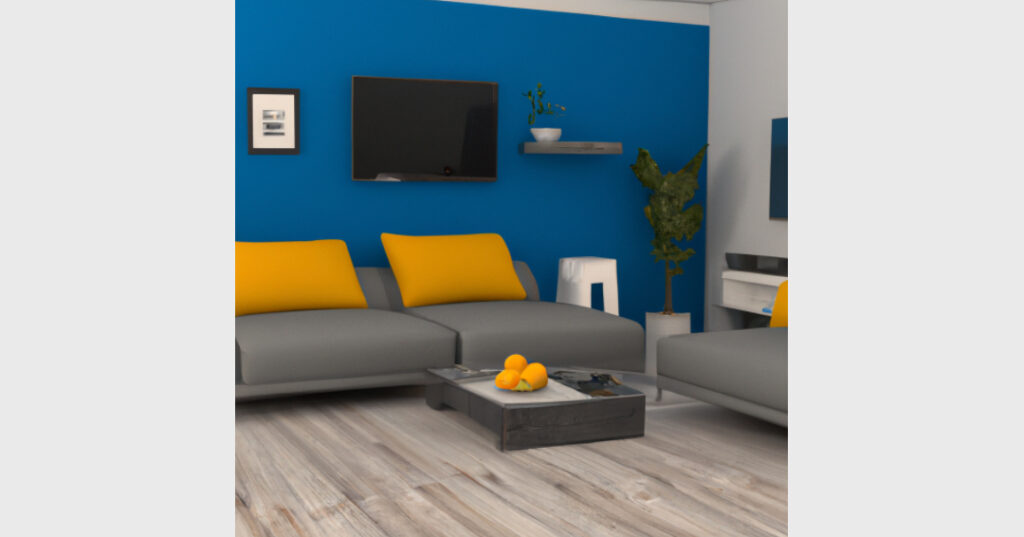- Old, outdated, or broken items that are no longer useful
- Duplicate items, such as kitchen utensils or linens
- Excess clothes, shoes, or accessories that take up space in closets or drawers
- Unused or expired items, such as toiletries or medications
- Use storage bins, baskets, or boxes to store items that are not frequently used
- Label items or containers to make it easy to find what you need
- Group similar items together, such as books, DVDs, or kitchen gadgets
- Use drawer organizers to keep small items in their place
- Family photos and portraits
- Personal memorabilia, such as awards, diplomas, or collections
- Religious or political items that may be divisive
- Children’s artwork or school projects
- Use a neutral color palette, such as whites, grays, and beige tones
- Choose simple artwork that is not too bold or busy
- Add a few decorative items, such as vases or plants, but avoid cluttering surfaces with too many items
- Use simple, modern furniture that is not too specific to any particular style or taste
- Start with a plan: Before you begin decluttering, create a plan of attack. Decide which rooms or areas to tackle first and set goals for each space. This will help you stay focused and make the process less overwhelming.
- Declutter and organize: Clutter can make a space feel small and uninviting. Remove excess items and organize what’s left. Consider renting a storage unit for items you don’t need on a daily basis.
- Depersonalize: Remove personal items such as family photos, memorabilia, and anything else that may distract potential buyers from envisioning themselves in the space. Keep décor neutral to appeal to a wider range of buyers.
- Deep clean: A clean home is essential for making a good impression on potential buyers. Scrub floors, walls, and surfaces, and consider hiring a professional cleaning service for a deep clean.
- Stage strategically: Staging your home can help potential buyers visualize themselves living there. Keep furniture and décor minimal and arrange it to create an open and welcoming atmosphere.
